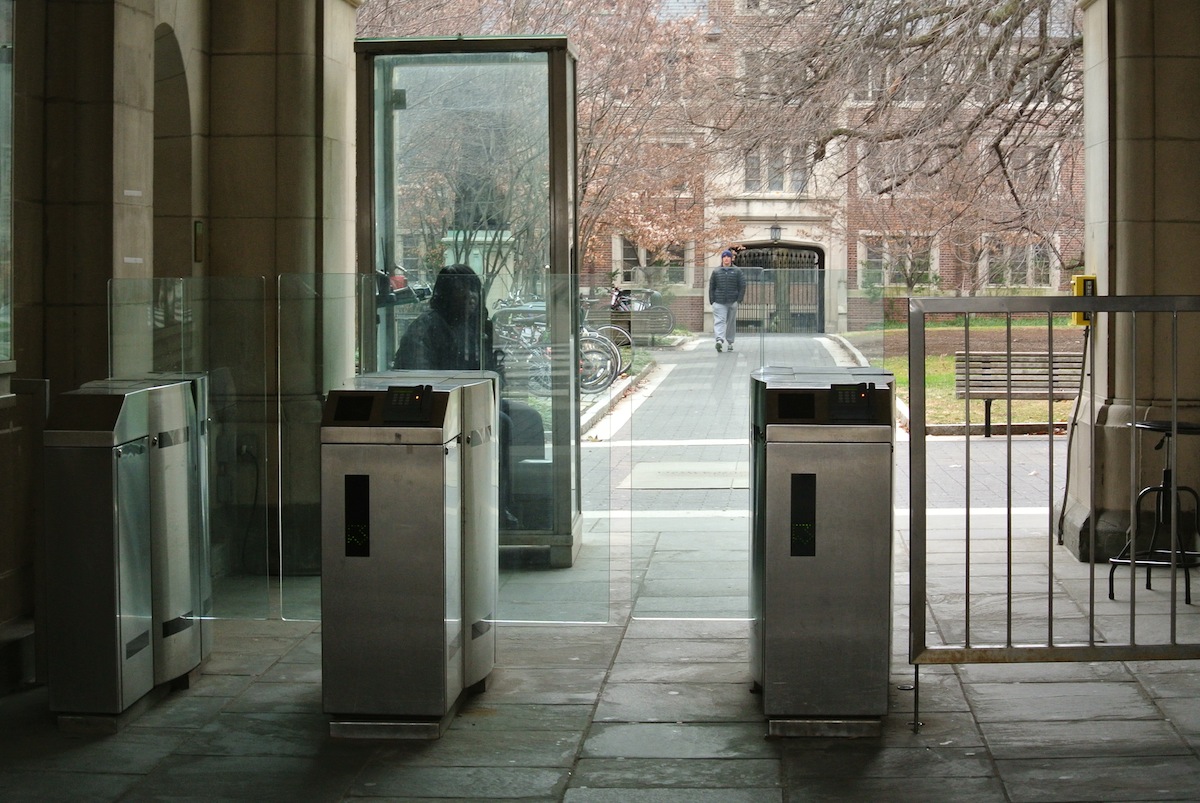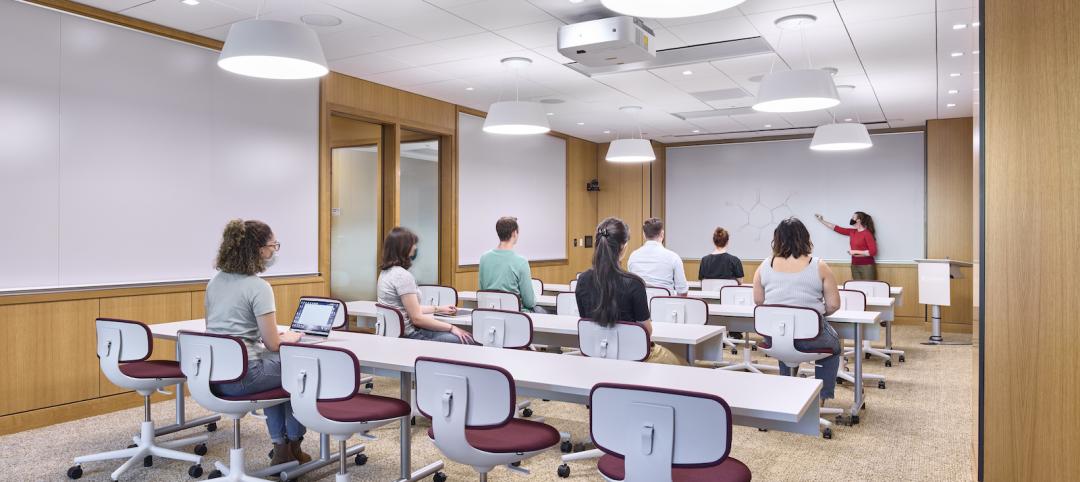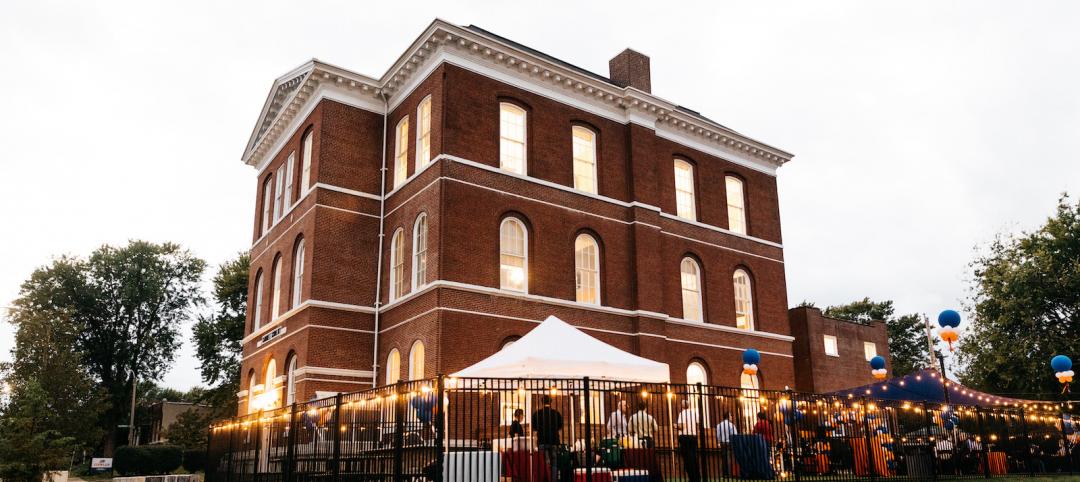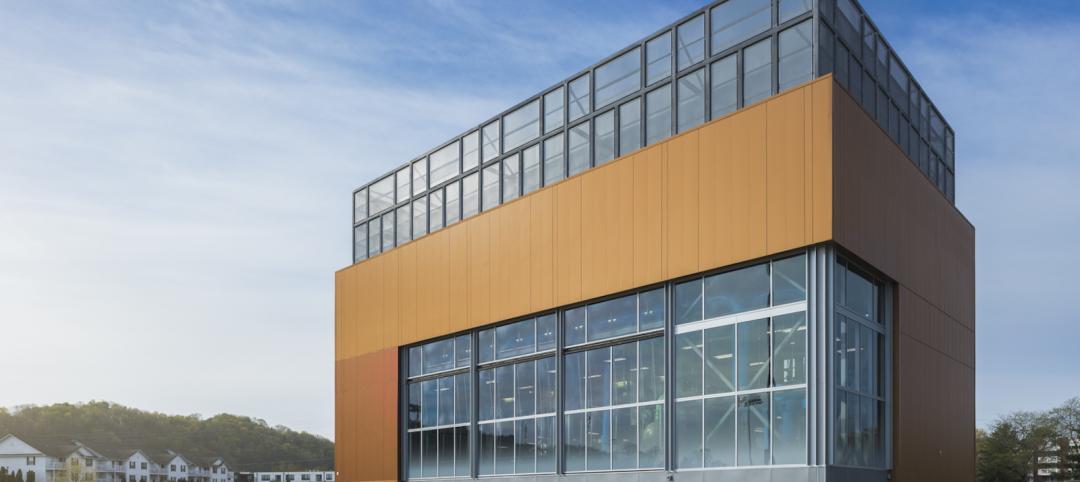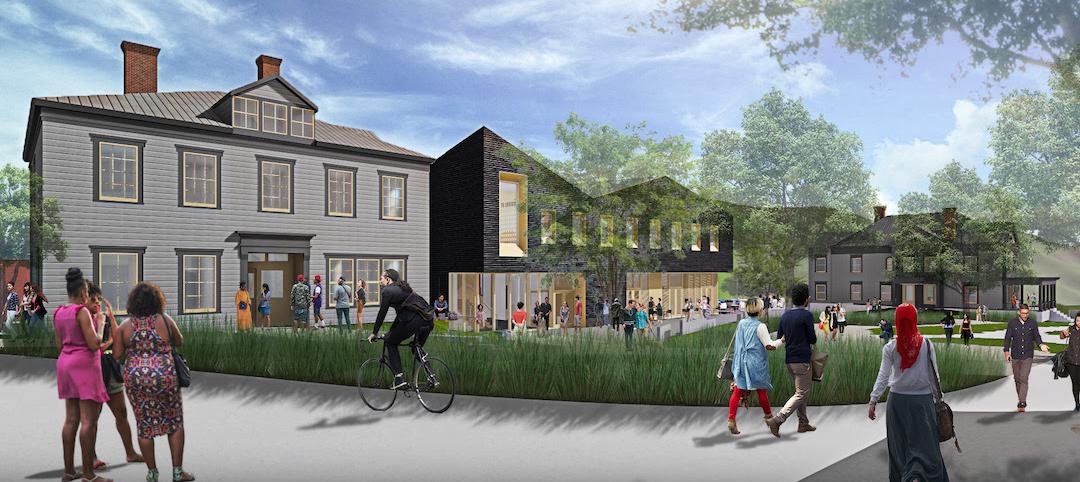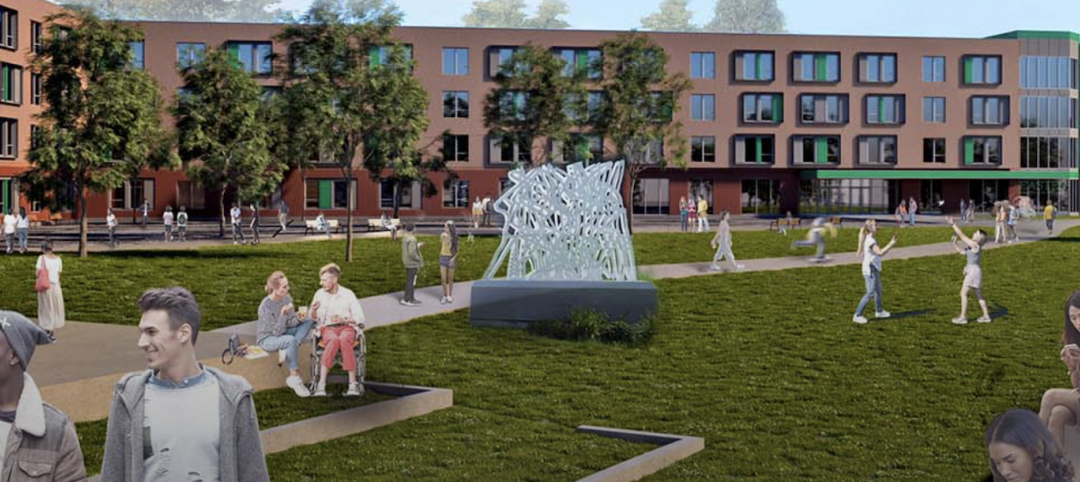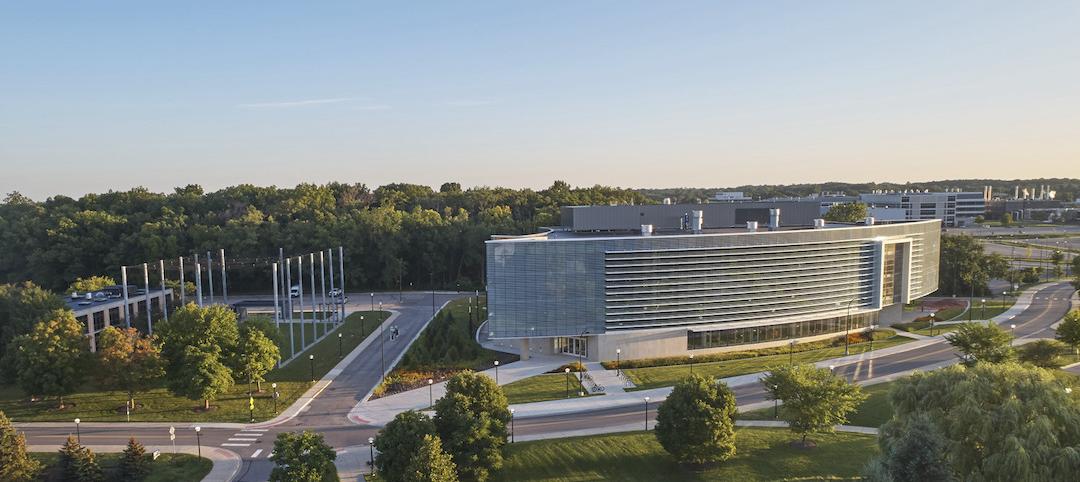In late November, the Alabama Board of Adjustment denied a $1 million lawsuit brought by parents of an Auburn University student who was fatally shot on campus in March 2008. The victim’s father said his main reason for suing the school was to push Auburn to reinstate its campus police department. The university had dissolved its police force in 2004 and contracted with the city’s police department for campus protection.
This case illustrates the potential liability attached to campus public safety programs. Seven years after the mass shootings at Virginia Tech and six years after a similar incident at Northern Illinois University, colleges and universities continue to shake up their emergency communications and response capabilities to shootings and other criminal threats. NIU is now among the many colleges that have systems to transmit alerts to students via email, text, social media, and annunciation systems equipped with sirens.
For more on university security, read BD+C's Special Report: "How security is influencing campus design and construction"
State-mandated alert systems. Many states now mandate that campuses have active, sophisticated alert systems that are immediate and can reach a wide range of people. Within minutes of shots being fired outside Florida State University’s Strozier Library last November, FSU police issued an alert to 40,000 students. It read: “Dangerous Situation! Main Campus—Tallahassee. Seek shelter immediately, away from doors and windows.” Tallahassee police swept in and killed the gunman, who had wounded three people.
Smartphone technology and application software have made transmitting mass alerts simpler. Kristina Anderson, a survivor of the 2007 Virginia Tech shooting spree—a 19-year-old sophomore at the time, she was struck by three bullets—co-developed LiveSafe, a GPS-enabled app that can be used to contact the police via chat, video, and voice. It has been in use at Virginia Commonwealth University, Richmond, since August 2013.
Electronic reader systems with personal PIN codes. These have become fairly common. The ID cards can also be used as debit cards. But what’s becoming a “big deal,” according to security consultant Fred Miehl, Senior Security Consultant, LynStaar Engineering, is a new category called video analytics. This includes cameras that have been programmed to spot unusual movements and send out an immediate alarm, or video imagery that can be linked to images of criminals in police databases. All this technology is in the development phase.
Training and preparedness programs. Many security experts say that training students, faculty, and staff to be alert to potential threats is essential to any public safety program. The University of Pennsylvania conducts more than 200 safety workshops and forums each year for students, faculty, and staff. Since 2012, Bowling Green (Ohio) University has been training its campus community members about their options in an emergency through a program called ALICE—Alert, Lockdown, Inform, Counter, Evacuate.
Mental health intervention. More colleges and universities are bringing mental health and psychology experts into their public safety networks to help identify and assist at-risk students, faculty, and staff before things get out of hand. Shootings, arson, and rape may not be predictable, “but they are preventable,” says Brian Van Brunt, President, National Behavioral Intervention Team Association, and Senior Vice President, National Center for Higher Education Risk Management.
One public policy issue of special concern to academia is the threat to privacy from the proliferation of camera surveillance on campus. In response, the University of Pennsylvania has restricted its surveillance to security and safety matters and may not intrude on private matters. It has established a monitoring panel comprised of students, faculty, and staff to address such questions as where cameras should be placed to protect privacy. Penn staff who monitor camera systems must sign confidentiality agreements and are prohibited from leaking videos of, say, public student intimacy, to social media.
Related Stories
University Buildings | Feb 18, 2022
UPenn converts a library past its prime to a tech-integrated learning and maker
In September 2021, Penn reopened its renovated and expanded library as an open center for cross-disciplinary learning, prototyping, and collaboration. Now called Biotech Commons, the 17,000-sf building supports new modes of research by offering a range of spaces and services that is free to be scheduled by any student or faculty member.
University Buildings | Feb 17, 2022
A vacated school in St. Louis is turned into a center where suppliers exchange ideas
In 1871, The Carondelet School, designed by Frederick William Raeder, opened to educate more than 400 children of laborers and manufacturers in St. Louis. The building is getting a second lease on life, as it has undergone a $2 million renovation by goBRANDgo!, a marketing firm for the manufacturing and industrial sectors.
University Buildings | Feb 15, 2022
Ohio University's Chilled Water Plant #3 brings high design to a campus utility
Leers Weinzapfel Associates has also designed chiller plants on the campuses of Princeton University, the University of Pennsylvania, Tufts University, the University of Massachusetts Amherst, Harvard University’s Allston Campus, and the Ohio State University.
University Buildings | Feb 14, 2022
Leers Weinzapfel Associates to renovate, expand the Williams College Davis Center
The project will add almost 8,000 sf of space.
Coronavirus | Jan 20, 2022
Advances and challenges in improving indoor air quality in commercial buildings
Michael Dreidger, CEO of IAQ tech startup Airsset speaks with BD+C's John Caulfield about how building owners and property managers can improve their buildings' air quality.
University Buildings | Jan 19, 2022
Eastern Michigan University launches major student housing project
The institution is working with Gilbane Development Company to build or renovate more than 2,700 on-campus beds.
University Buildings | Jan 11, 2022
Designing for health sciences education: supporting student well-being
While student and faculty health and well-being should be a top priority in all spaces within educational facilities, this article will highlight some key considerations.
University Buildings | Jan 6, 2022
New Facility completes at Drexel University College of Medicine at Tower Health
SLAM designed the project.
University Buildings | Jan 4, 2022
Henning Larsen to design new university building in the Alps
The project will be Henning Larsen’s first in Austria.
University Buildings | Dec 8, 2021
The University of Michigan’s Ford Robotics Building completes
HED designed the project.


